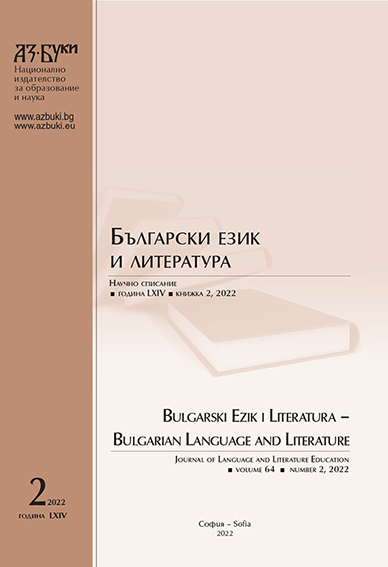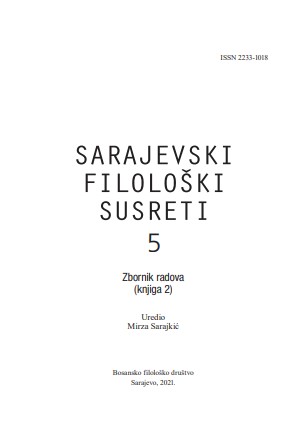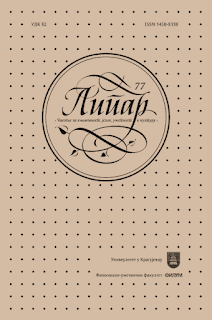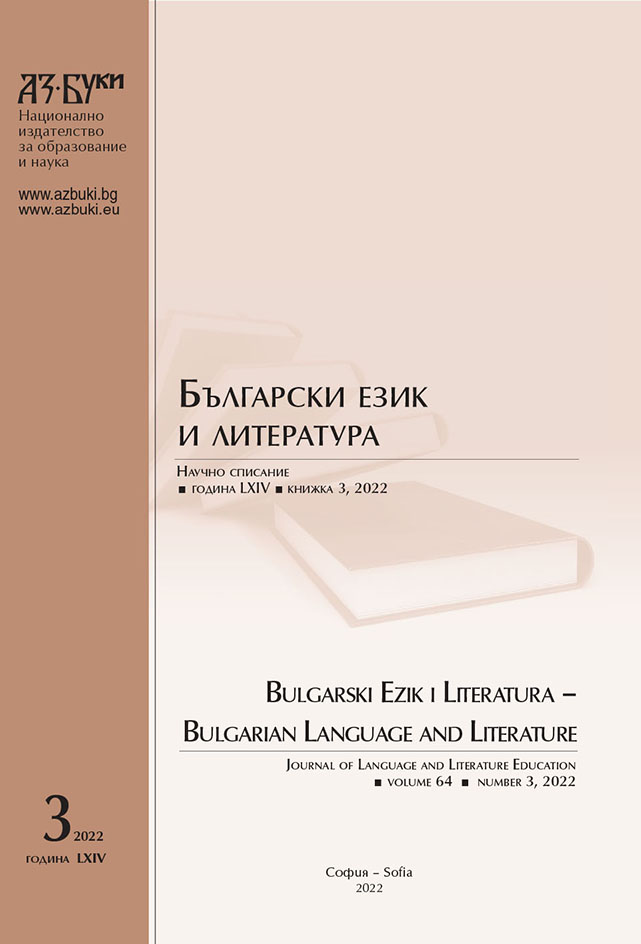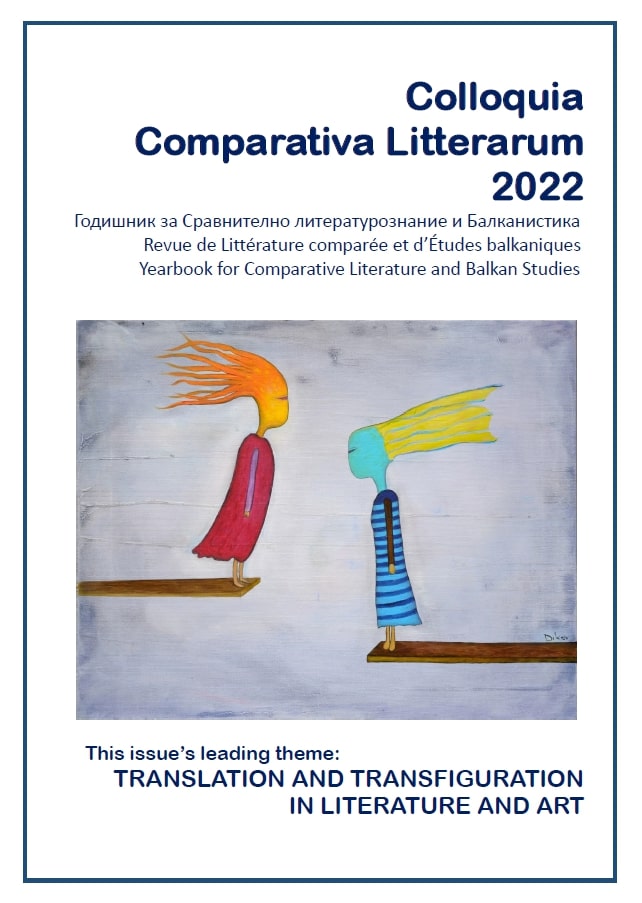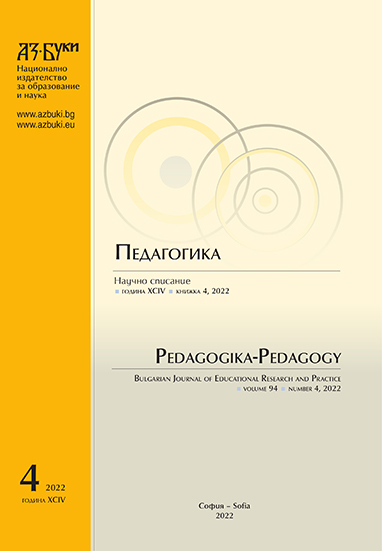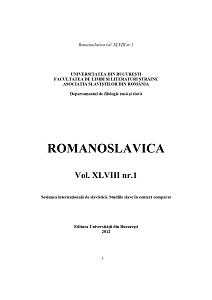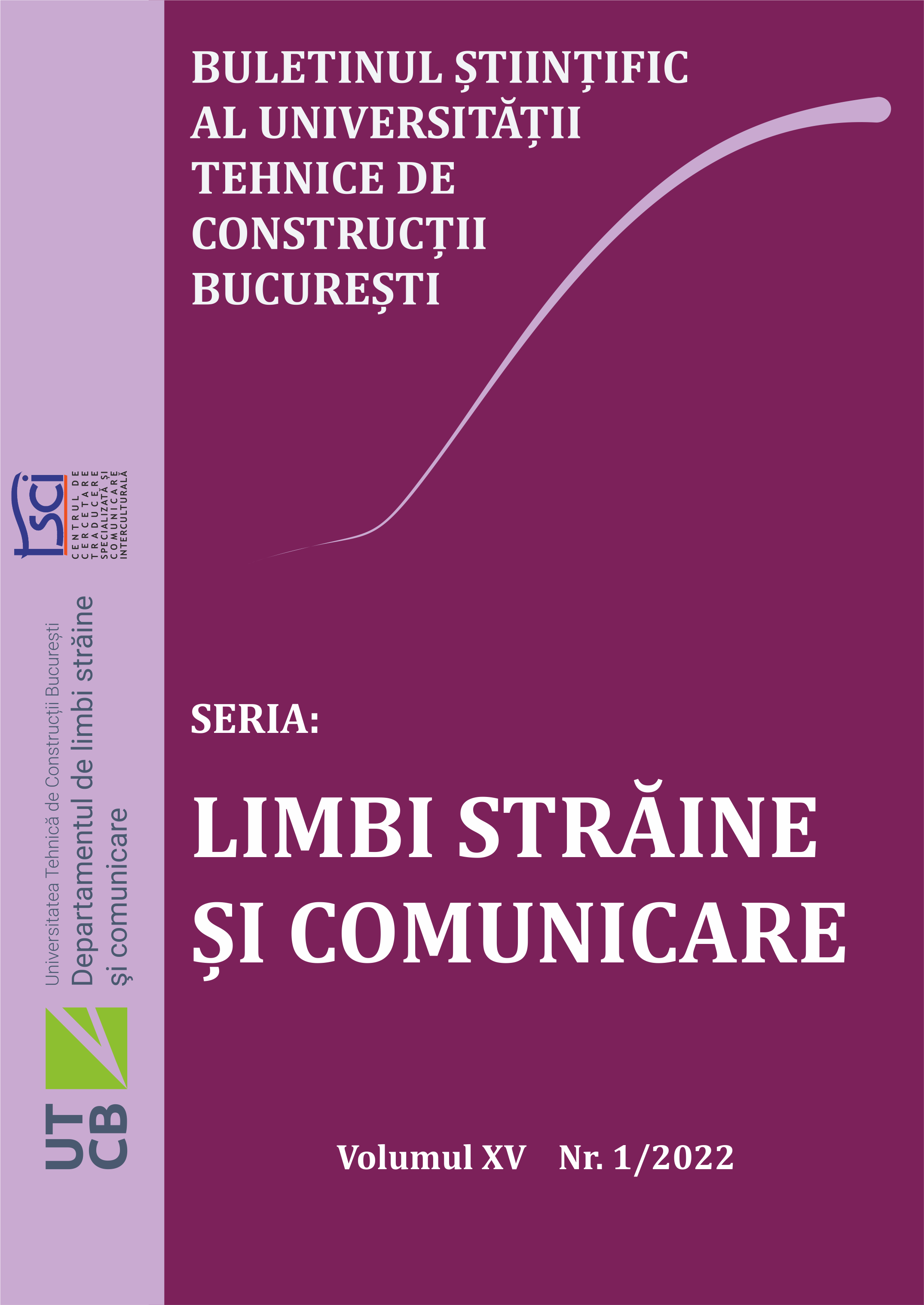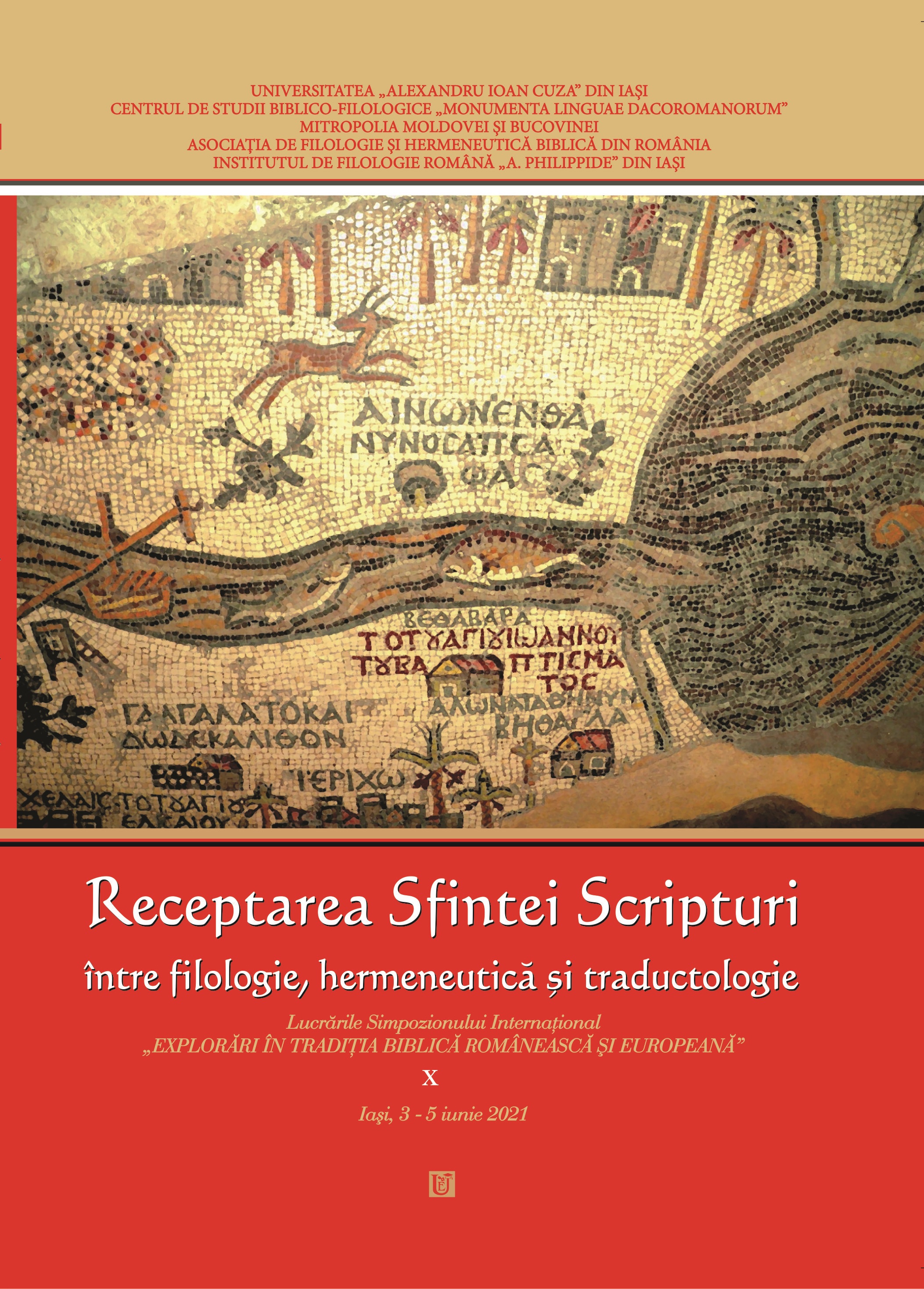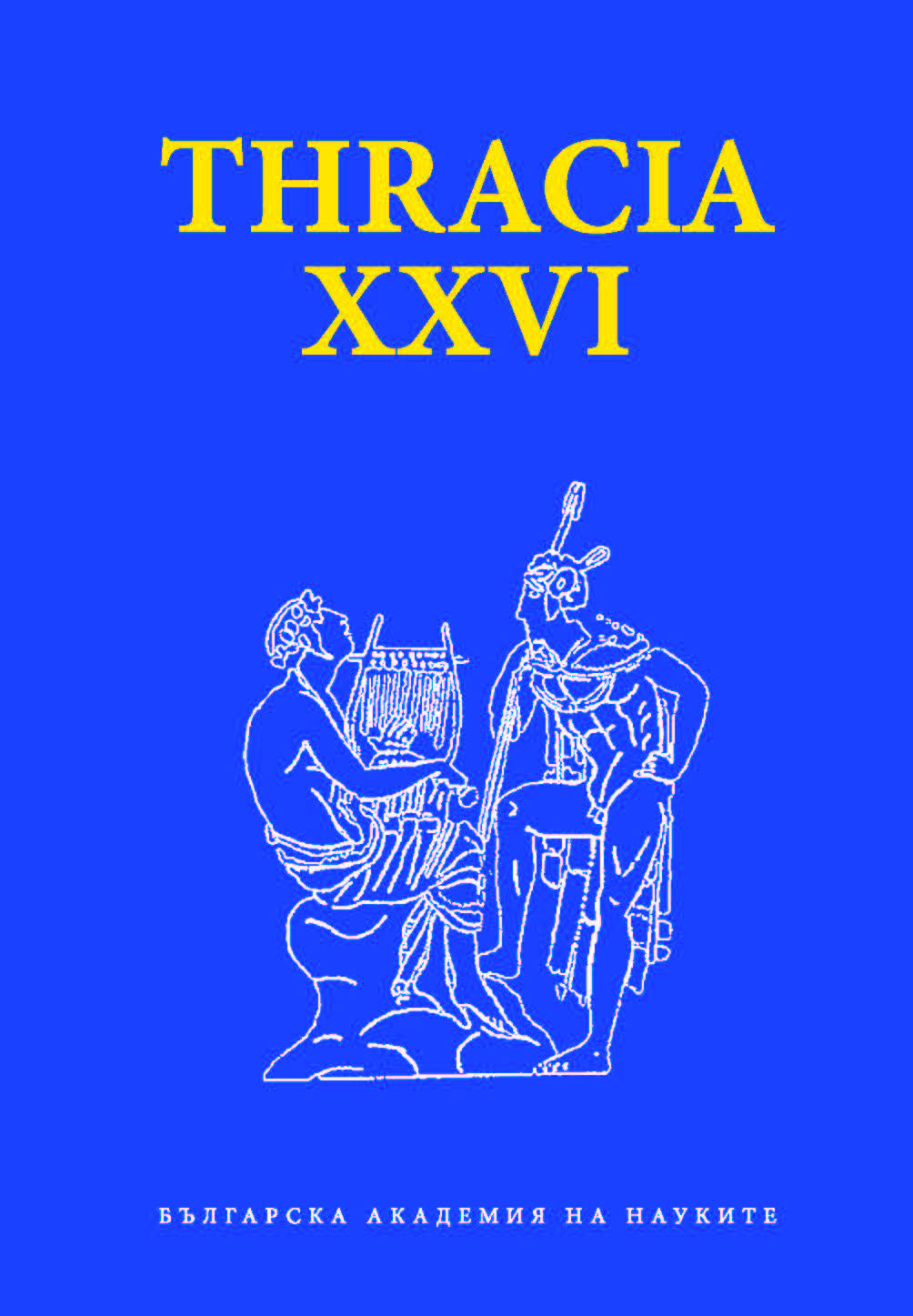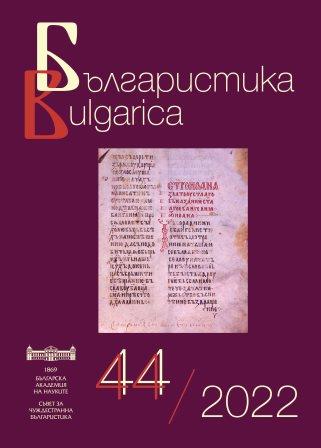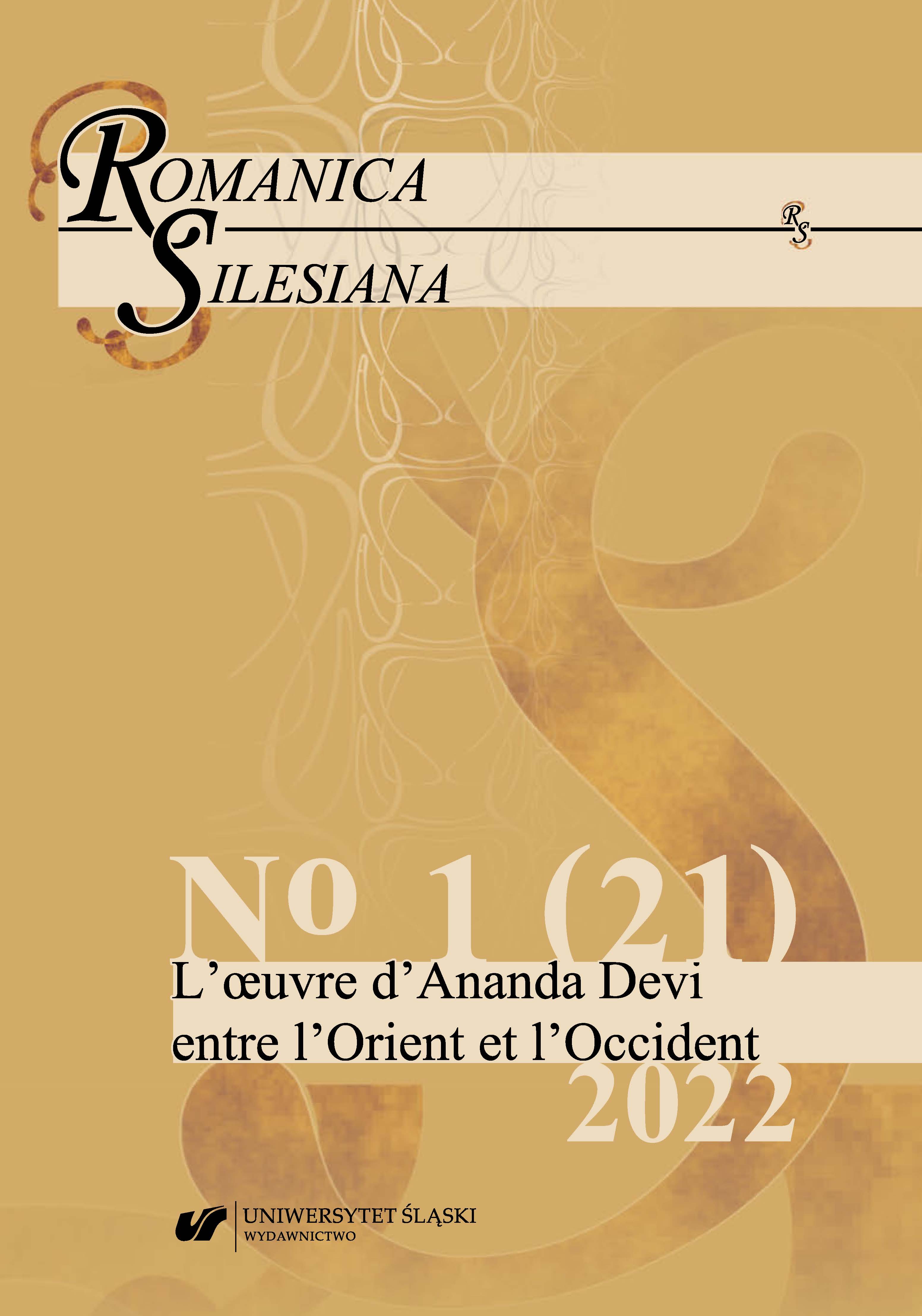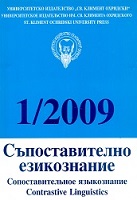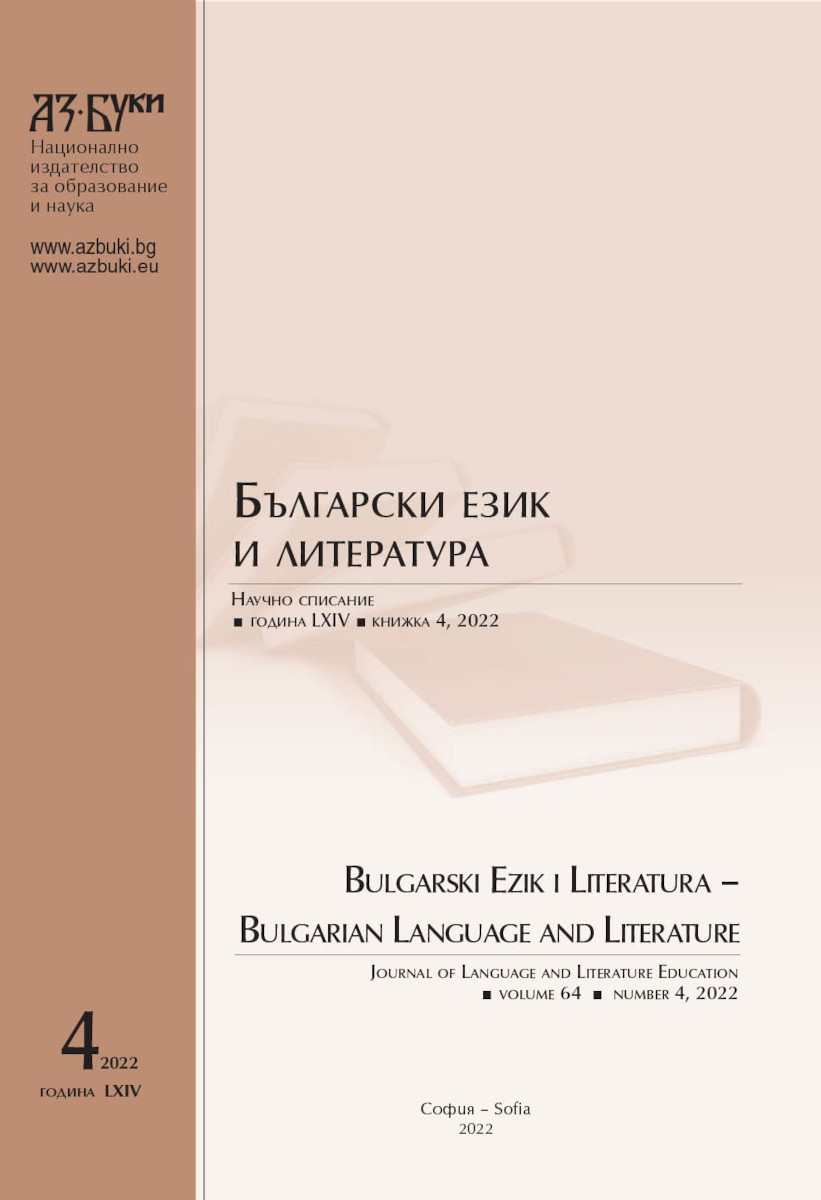Author(s): Livia Cotorcea,Dagmar Maria Anoca,Ecaterina Hlihor / Language(s): Romanian
Issue: 1/2012
Reviews:
Petru Caraman şi lucrarea vieţii lui. Conceptul frumuseţii umane reflectat în antroponimie la români şi în sud-estul Europei. Prolegomene la studiul numelui personal, ediţie îngrijită, indice şi bibliografie de Silvia Ciubotaru, introducere de Ion H. Ciubotaru, Ed. Universităţii „Al.I. Cuza”, Iaşi, 2011, 769 p. (Livia Cotorcea);
Scurtă istorie a Slovaciei. Elena Mannová, coordonator. Traducere din limba slovacă şi indice de Eva Mârza, Radu Mârza. Editura Enciclopedică, 2011, ISBN, 978-973-45-0627-9, 476 p. (Dagmar Maria Anoca);
Minorităţi în zonele de contact interetnic. Cehii şi slovacii în România şi Ungaria. Editori: Jakab Albert Zsolt-Peti Lehel. Editura Institutului pentru Studierea Problemelor Minorităţilor Naţionale. Kriterion. Cluj-Napoca, 2010. ISBN 978-606-92512-2-5; ISBN 978- 973-26-1011-4, 288 p. (Dagmar Maria Anoca);
Translatologické reflexie. Umelecký preklad z/ do románskych jazykov [Reflecţii translatologice. Tălmăcire artistică din/ în limbi romanice]. Katedra romanistiky Filozoficekj fakulty UK v Bratislave. Zostavili PhDr. Jana Páleníková, CSc., doc. PhDr.Paulína Šišmišová, CSc., Vydavateľstvo AnaPress Bratislava, 2010.308 p. (Dagmar Maria Anoca);
Antoaneta Olteanu, Rusia imperială. O istorie culturală a secolului al XlX-lea, Editura All, Bucureşti, 2011, 408 pag. (Ecaterina Hlihor).
More...
